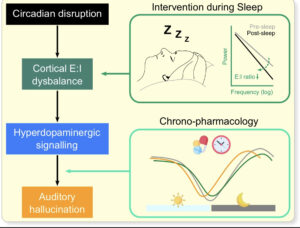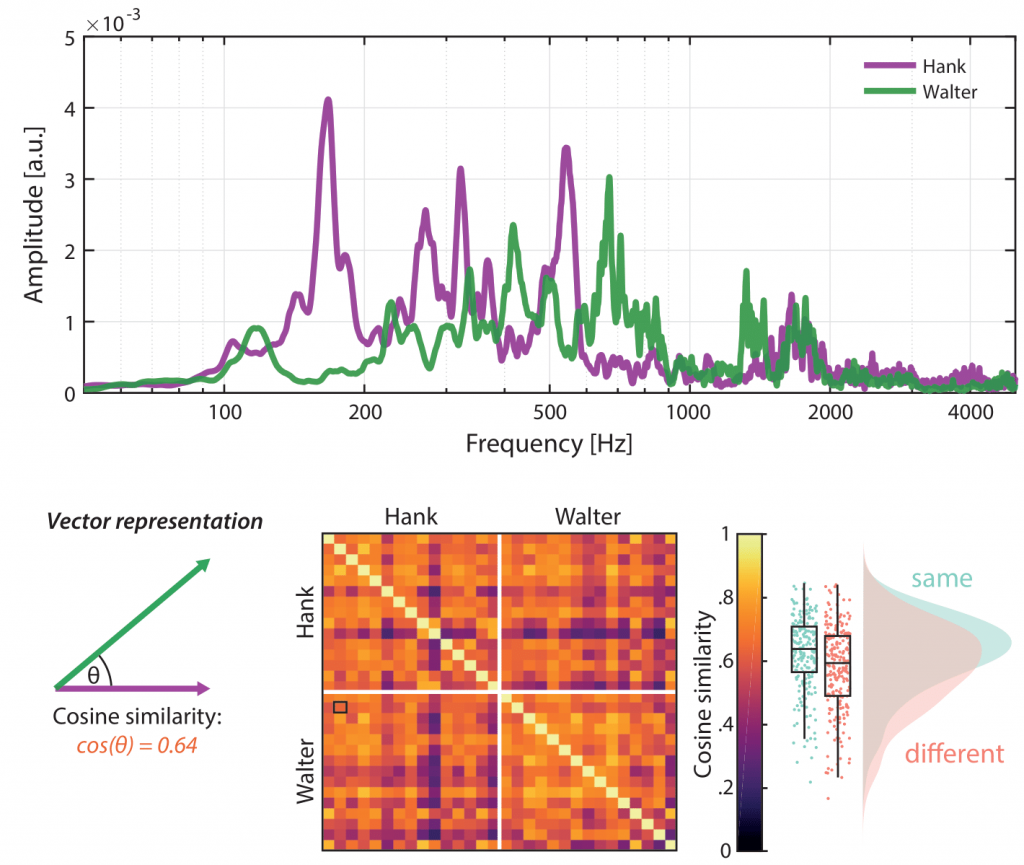Very happy that our lab will be part of the new DFG-funded Collaborative Research Centre („Sonderforschungsbereich“, SFB) Transregio 418 between the Charité Berlin and University of Lübeck, spearheaded by chronobiology wizards Achim Kramer (Berlin) and Henrik Oster (Lübeck) — “Foundations of Circadian Medicine”.
A CRC/SFB collects about 15 projects, central funds, and many principal investigators from both locations, and will fund a whole new generation of researchers at the verge of medicine, neuroscience, and systems biology for initially 4 years. A CRC/SFB can exist up to 12 years in total.
Our lab will run, jointly with Henrik Oster, an ambitious study on Ketamine and its interactions with the internal clock and endocrine (esp. glucocorticoid) system of the human body, with the ultimate goal of understanding better how and why Ketamine can exert its beneficial effects on mood.
Stay tuned for more, and congratulations to all involved!



